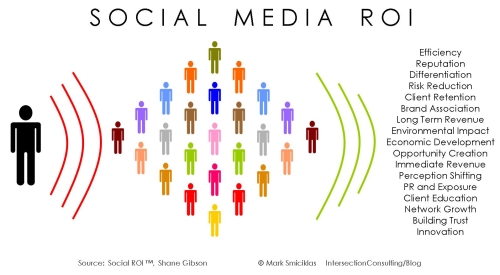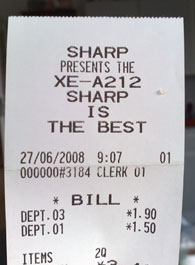I’ve always felt that business cards are important, but it can be tricky to design something that’s as useful as it is memorable.
Jack Hooker, a local graphic designer, recently put Moo.com to good use and designed some rather lovely business cards:

Are these Brighton’s best business cards?
Can Jack ever compete with this man?







